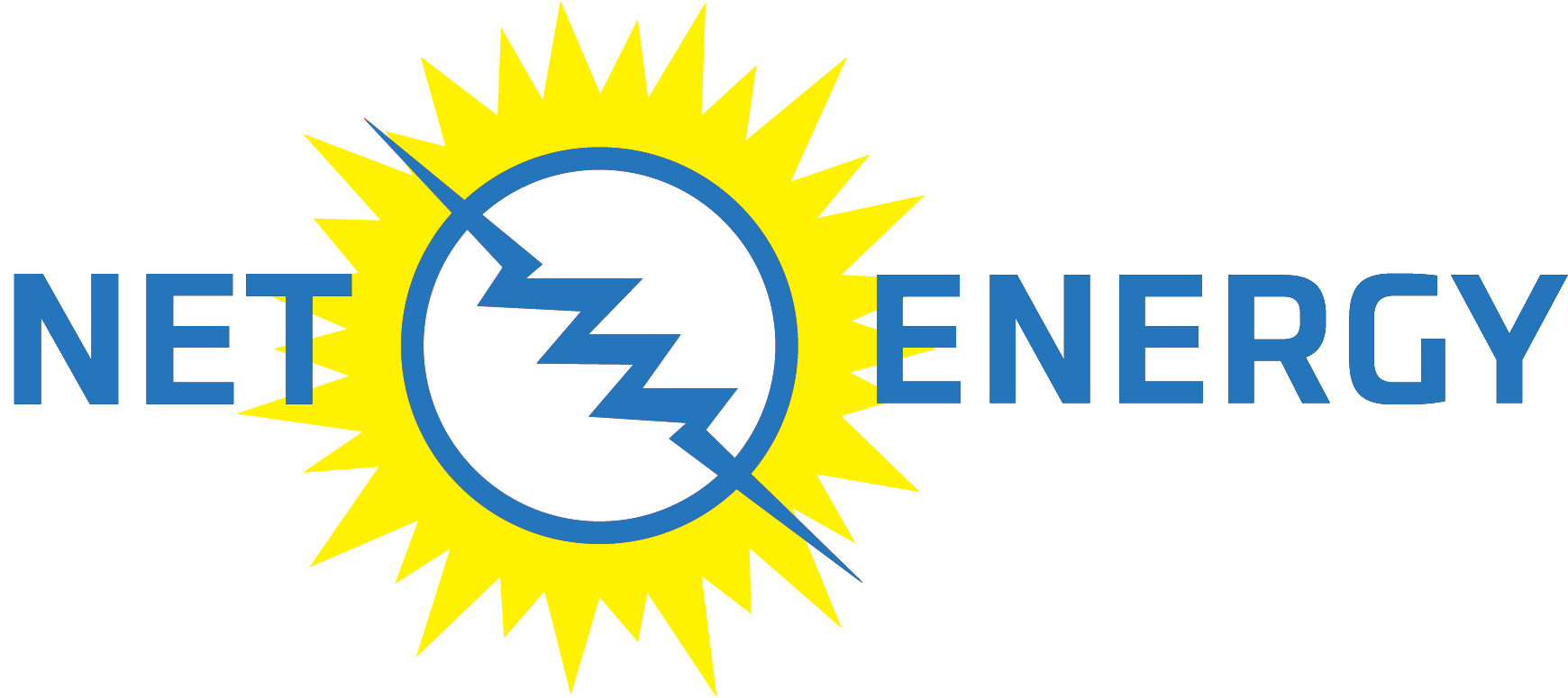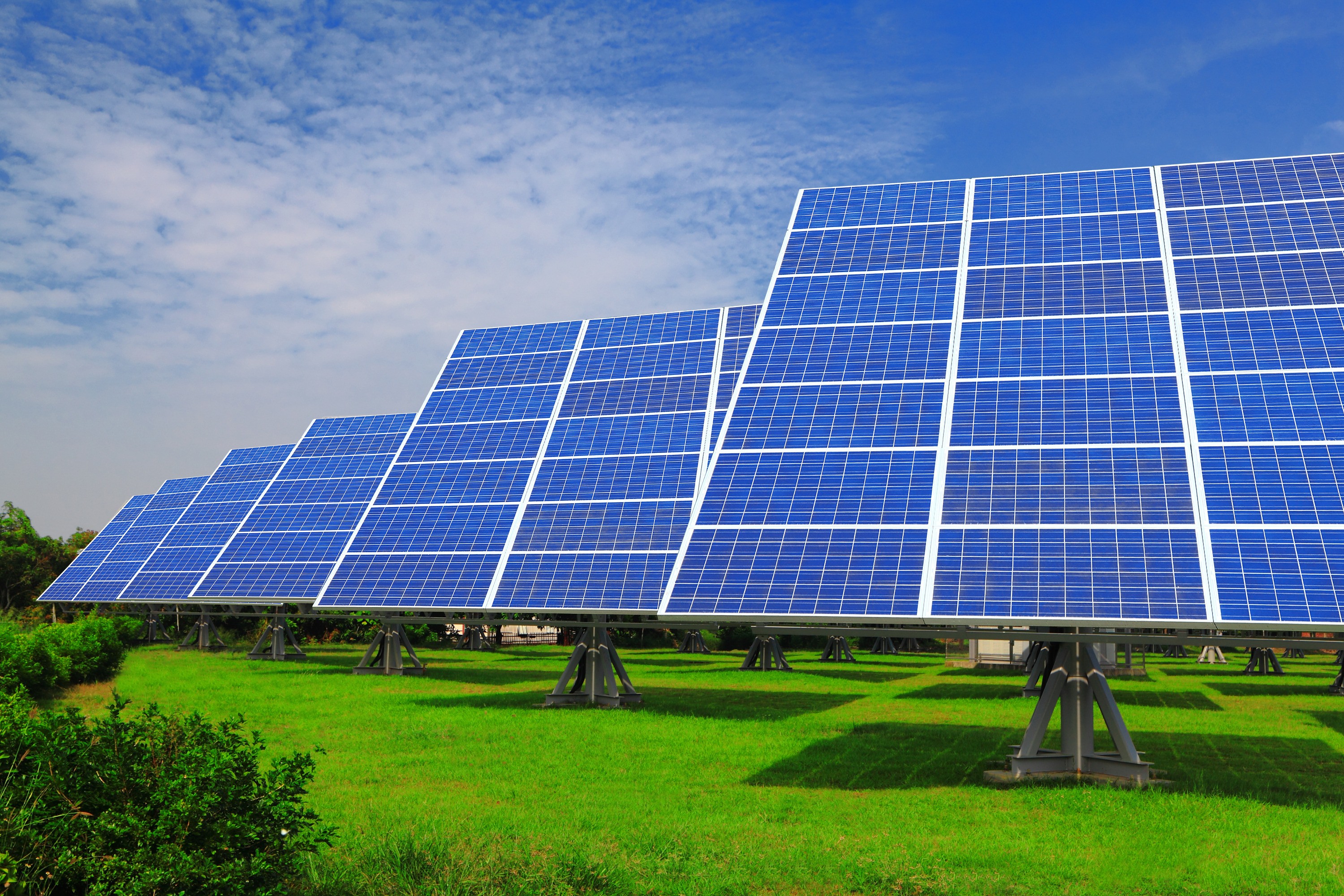Powered By Wikipedia
Solar power is the conversion of sunlight into electricity, either directly using photovoltaics (PV), or indirectly using concentrated solar power (CSP). Concentrated solar power systems use lenses or mirrors and tracking systems to focus a large area of sunlight into a small beam. Photovoltaics convert light into an electric current using the photovoltaic effect.
The International Energy Agency projected in 2014 that under its “high renewables” scenario, by 2050, solar photovoltaics and concentrated solar power would contribute about 16 and 11 percent, respectively, of the worldwide electricity consumption, and solar would be the world’s largest source of electricity. Most solar installations would be in China and India.
Photovoltaics were initially solely used as a source of electricity for small and medium-sized applications, from the calculator powered by a single solar cell to remote homes powered by an off-grid rooftop PV system. Nowadays, as the cost of solar electricity is falling, the number of grid-connected solar PV systems has grown into the millions and utility-scale solar power stations with hundreds of megawatts are being built. Solar PV is rapidly becoming an inexpensive, low-carbon technology to harness renewable energy from the Sun.
Commercial concentrated solar power plants were first developed in the 1980s. The 392 MW Ivanpah installation is the largest concentrating solar power plant in the world, located in the Mojave Desert of California. Other large CSP plants include the SEGS (354 MW) in the Mojave Desert of California, the Solnova Solar Power Station(150 MW) and the Andasol solar power station (150 MW), both in Spain. The 579 MW Solar Star, in the United States, is the world’s largest PV power station.
Types of solar power
Photovoltaic solar power
A solar cell, or photovoltaic cell (PV), is a device that converts light into electric current using the photovoltaic effect. The first solar cell was constructed by Charles Fritts in the 1880s. The German industrialist Ernst Werner von Siemens was among those who recognized the importance of this discovery. In 1931, the German engineer Bruno Lange developed a photo cell using silver selenide in place of copper oxide, although the prototype selenium cells converted less than 1% of incident light into electricity. Following the work of Russell Ohl in the 1940s, researchers Gerald Pearson, Calvin Fuller and Daryl Chapin created the silicon solar cell in 1954. These early solar cells cost 286 USD/watt and reached efficiencies of 4.5–6%.
Photovoltaic power systems
The array of a photovoltaic power system, or PV system, produces direct current (DC) power which fluctuates with the sunlight’s intensity. For practical use this usually requires conversion to certain desired voltages or alternating current (AC), through the use of inverters. Multiple solar cells are connected inside modules. Modules are wired together to form arrays, then tied to an inverter, which produces power at the desired voltage, and for AC, the desired frequency/phase.
Many residential PV systems are connected to the grid wherever available, especially in developed countries with large markets. In these grid-connected PV systems, use of energy storage is optional. In certain applications such as satellites, lighthouses, or in developing countries, batteries or additional power generators are often added as back-ups. Such stand-alone power systems permit operations at night and at other times of limited sunlight.
Concentrated solar thermal power
Concentrating Solar Power (CSP) systems use lenses or mirrors and tracking systems to focus a large area of sunlight into a small beam. In most of these systems, the concentrated heat is then used as a heat source for a conventional power plant. (A variant design concentrates sunlight on to a high-temperature CPV cell; see Other solar power systems, below.)
A wide range of concentrating technologies exists: among the best known are the parabolic trough, the compact linear Fresnel reflector, the Stirling dish and the solar power tower. Various techniques are used to track the sun and focus light. In all of these systems a working fluid is heated by the concentrated sunlight, and is then used for power generation or energy storage. Thermal storage efficiently allows up to 24-hour electricity generation.
A parabolic trough consists of a linear parabolic reflector that concentrates light onto a receiver positioned along the reflector’s focal line. The receiver is a tube positioned right above the middle of the parabolic mirror and is filled with a working fluid. The reflector is made to follow the sun during daylight hours by tracking along a single axis. Parabolic trough systems provide the best land-use factor of any solar technology. The SEGS plants in California and Acciona’s Nevada Solar One near Boulder City, Nevada are representatives of this technology.
Compact Linear Fresnel Reflectors are CSP-plants which use many thin mirror strips instead of parabolic mirrors to concentrate sunlight onto two tubes with working fluid. This has the advantage that flat mirrors can be used which are much cheaper than parabolic mirrors, and that more reflectors can be placed in the same amount of space, allowing more of the available sunlight to be used. Concentrating linear fresnel reflectors can be used in either large or more compact plants.
The Stirling solar dish combines a parabolic concentrating dish with a Stirling engine which normally drives an electric generator. The advantages of Stirling solar over photovoltaic cells are higher efficiency of converting sunlight into electricity and longer lifetime. Parabolic dish systems give the highest efficiency among CSP technologies. The 50 kW Big Dish in Canberra, Australia is an example of this technology.
A solar power tower uses an array of tracking reflectors (heliostats) to concentrate light on a central receiver atop a tower. Power towers are more cost effective, offer higher efficiency and better energy storage capability among CSP technologies. The PS10 Solar Power Plant and PS20 solar power plant are examples of this technology.
Other solar power systems
Concentrator photovoltaics (CPV) systems employ sunlight concentrated onto photovoltaic surfaces for the purpose of electrical power production. Solar concentrators of all varieties may be used, and these are often mounted on a solar trackerin order to keep the focal point upon the cell as the sun moves across the sky. Luminescent solar concentrators (when combined with a PV-solar cell) can also be regarded as a CPV system. Concentrated photovoltaics are useful as they can improve efficiency of PV-solar panels drastically.
Thermoelectric, or “thermovoltaic” devices convert a temperature difference between dissimilar materials into an electric current. First proposed as a method to store solar energy by solar pioneer Mouchout in the 1800s, thermoelectrics reemerged in the Soviet Union during the 1930s. Under the direction of Soviet scientist Abram Ioffe a concentrating system was used to thermoelectrically generate power for a 1 hp engine. Thermogenerators, but in the following cases powered by the heat source plutonium-238 in radioisotope thermoeralectric generators are used in the US space program as an energy conversion technology for powering deep space missions such as the Mars Curiosity Rover, Cassini, Galileo and Viking. Research in this area of thermogenerators, which can use any heat source, is focused on raising the efficiency of these devices from 7–8% to 15–20%.
Physicists have claimed that recent technological developments bring the cost of solar energy more in parity with that of fossil fuels. In 2007, David Faiman, the director of the Ben-Gurion National Solar Energy Center of Israel, announced that the Center had entered into a project with Zenith Solar to create a home solar energy system that uses a 10 square meter reflector dish. In testing, the concentrated solar technology proved to be up to five times more cost effective than standard flat photovoltaic silicon panels, which would make it almost the same cost as oil and natural gas. A prototype ready for commercialization achieved a concentration of solar energy that was more than 1,000 times greater than standard flat panels.
In addition, most spacecraft operating in the inner solar system are usually solar powered and rely on the use of solar panels to derive electricity from sunlight.Space-based solar power uses high efficient multi-junction photovoltaic cells.
Historical development and deployment
Early days
The early development of solar technologies starting in the 1860s was driven by an expectation that coal would soon become scarce. However, development of solar technologies stagnated in the early 20th century in the face of the increasing availability, economy, and utility of coal and petroleum. In 1974 it was estimated that only six private homes in all of North America were entirely heated or cooled by functional solar power systems. The 1973 oil embargo and 1979 energy crisiscaused a reorganization of energy policies around the world and brought renewed attention to developing solar technologies. Deployment strategies focused on incentive programs such as the Federal Photovoltaic Utilization Program in the US and the Sunshine Program in Japan. Other efforts included the formation of research facilities in the United States (SERI, nowNREL), Japan (NEDO), and Germany (Fraunhofer–ISE). Between 1970 and 1983 installations of photovoltaic systems grew rapidly, but falling oil prices in the early 1980s moderated the growth of photovoltaics from 1984 to 1996.
Mid-1990s to early 2010s
In the mid-1990s, development of both, residential and commercial rooftop solar as well as utility-scale photovoltaic power stations, began to accelerate again due to supply issues with oil and natural gas, global warming concerns, and the improving economic position of PV relative to other energy technologies. In the early 2000s, the adoption of feed-in tariffs—a policy mechanism, that gives renewables priority on the grid and defines a fixed price for the generated electricity—lead to a high level of investment security and to a soaring number of PV deployment in Europe.
Call Our Office Now: (954) 999-9309

